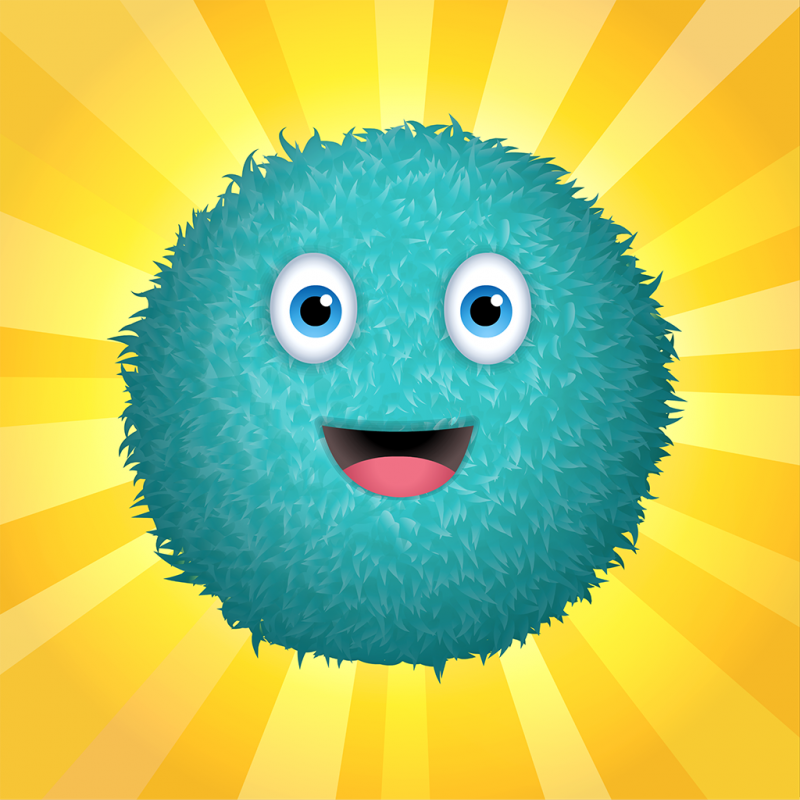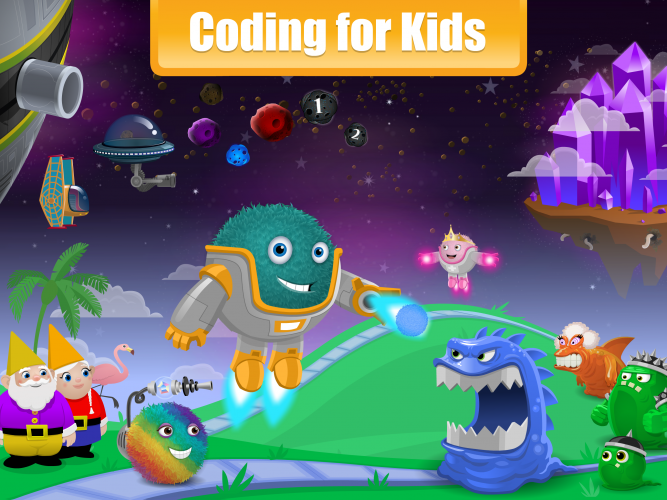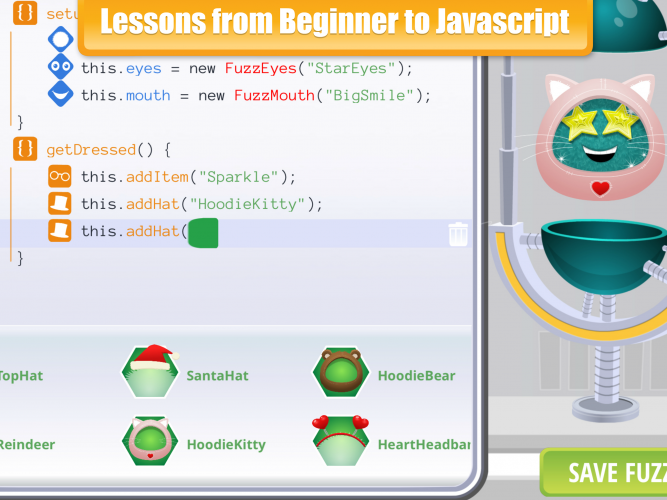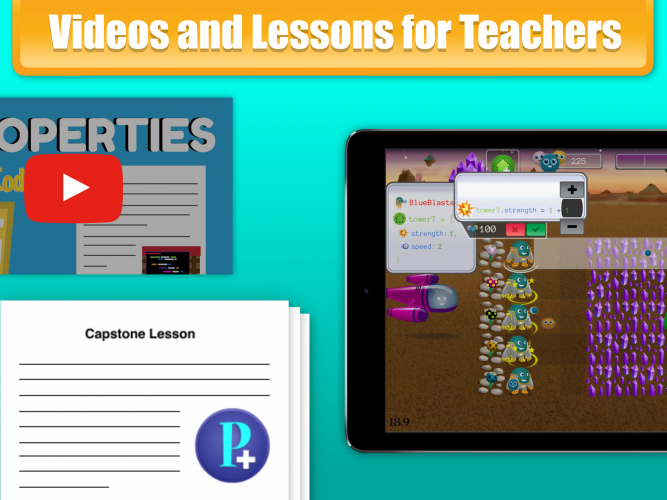Can analyse problems in computational terms, and have repeated practical experience of writing computer programs in order to solve such problems.
Understand what algorithms are; how they are implemented as programs on digital devices; and that programs execute by following precise and unambiguous instructions.
Create and debug simple programs.
Use logical reasoning to predict the behaviour of simple programs.
Use sequence, selection, and repetition in programs; work with variables and various forms of input and output.
Design and develop modular programs that use procedures or functions.
Create programs that include sequences, events, loops, and conditionals.
Test and debug (identify and fix errors) a program or algorithm to ensure it runs as intended.
Can understand and apply the fundamental principles and concepts of computer science, including abstraction, logic, algorithms and data representation.
Use technology purposefully to create, organise, store, manipulate and retrieve digital content.
Use logical reasoning to explain how some simple algorithms work and to detect and correct errors in algorithms and programs.
Learn to analyse problems in computational terms
Develop and apply their analytic, problem-solving, design, and computational thinking skills.
Develop their capability, creativity and knowledge in computer science, digital media and information technology.
Decompose (break down) problems into smaller, manageable subproblems to facilitate the program development process.
Modify, remix, or incorporate portions of an existing program into one's own work, to develop something new or add more advanced features.
Design, write and debug programs that accomplish specific goals, including controlling or simulating physical systems; solve problems by decomposing them into smaller parts.
Understand how numbers can be represented in binary, and be able to carry out simple operations on binary numbers.
Compare and refine multiple algorithms for the same task and determine which is the most appropriate.
Develop plans that describe a program’s sequence of events, goals, and expected outcomes.
Debug (identify and fix) errors in an algorithm or program that includes sequences and simple loops.
Model daily processes by creating and following algorithms (sets of step-by-step instructions) to complete tasks.
Develop programs with sequences and simple loops, to express ideas or address a problem.
Decompose (break down) the steps needed to solve a problem into a precise sequence of instructions.







User reviews for Kodable
You need to log in to post a review.